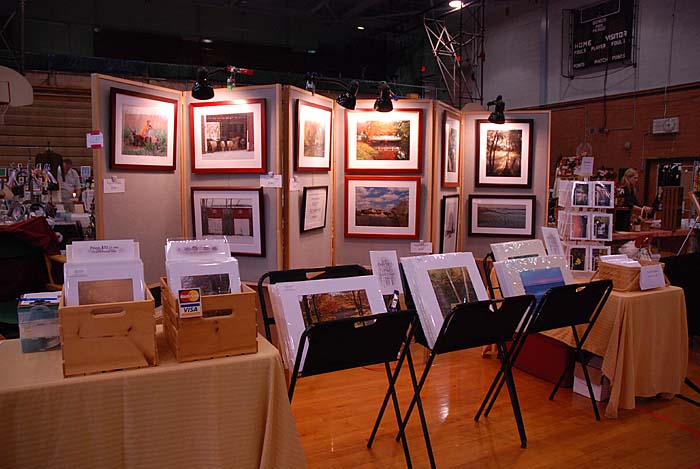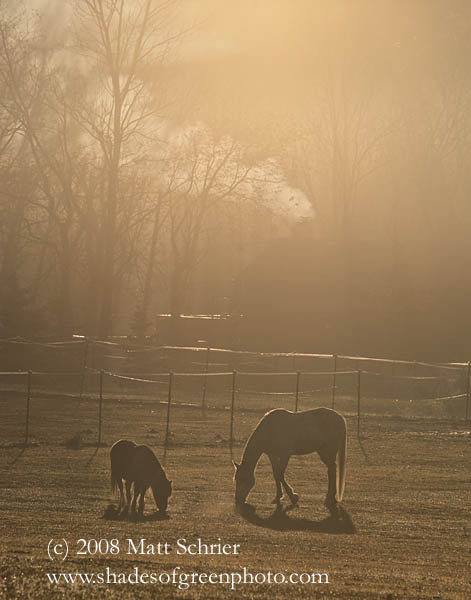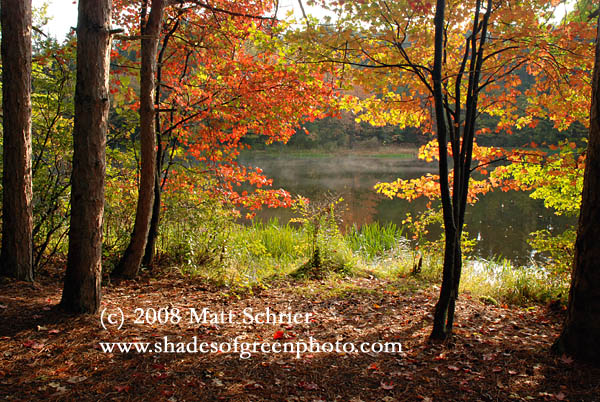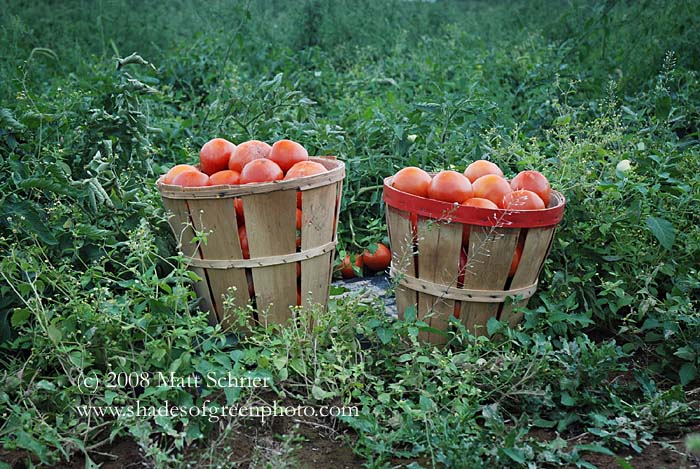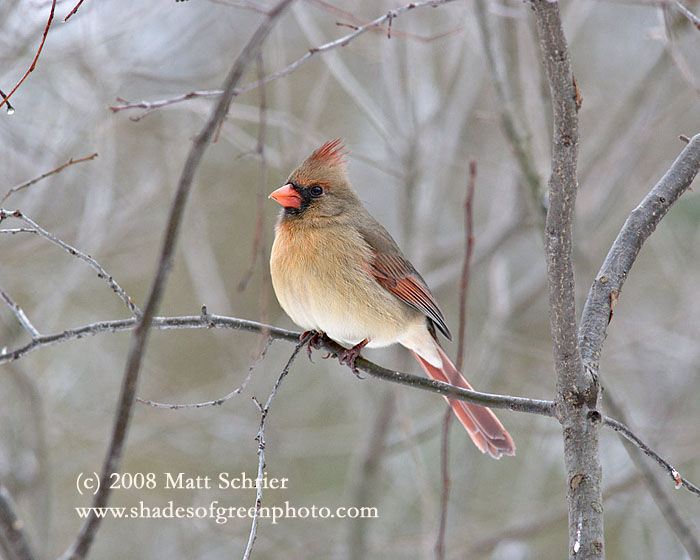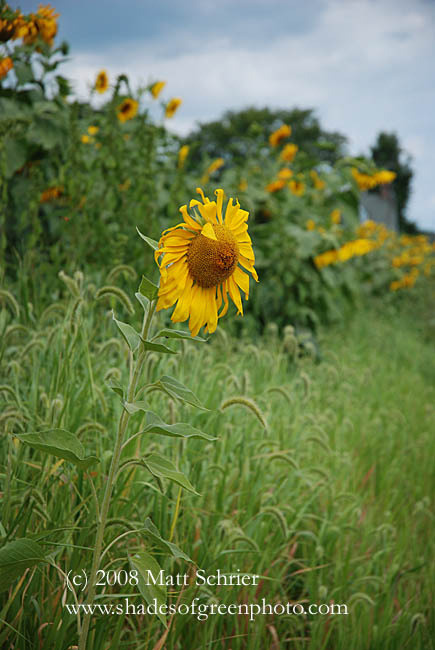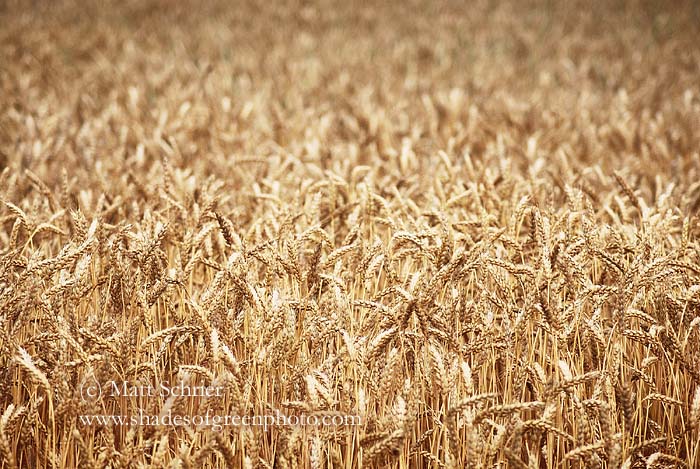It's been about 3 years since I first started to do shows. Wow - have I learned a lot since then. At the time I knew that there were a zillion decisions to make, some artistic, some financial, etc., and in retrospect I would have changed some of those early decisions. Below I want to list some things that I think work much better for me now. But of course to each his own, your mileage may vary, etc., which is to say that every individual artist must make decisions that work for them. There is no right answer.
- Mat Cutter: I started using one of those handheld Logan mat cutters. It seemed to work for a while but after a while this method was just not cutting it (pun intended). It was hard to keep the mat steady while cutting, measuring was difficult, no hard stops to limit over-cuts, and so on. After a while the cutter's sliding edge was wearing down because you had to keep sideways pressure against the straightedge since there was no glide track. This type of mat cutter is only good for casual mat cutting.
I have since purchased a Logan 750, used off of craigslist. Even if I spent full retail price for this it would have been a good investment. I can easily straight-cut mats to size (which I could not do with the handheld bevel cutter - I was using a utility knife for that, and doing it on the floor), and it allows me to accurately and consistently produce high-quality mat openings.
(Tip: Although craigslist is geared toward local sales you can easily search for and pursue items in other cities. Do a Google search for your item and add the word "craigslist". When you find a good prospect contact the person and inform them that you are out-of-town and can pay with Paypal. If you have a good personal website then give them the link they can use as a reference to judge your character. Many people refuse to sell remotely, but some will. I bought a camera lens and my mat cutter that way.)
(Tip #2: Don't forget about the re-sale value of certain items you buy. If things don't work out the way you planned you can easily sell off your equipment on Ebay or craigslist without taking the full hit of your purchase price. Common items like mat cutters (and most camera equipment like lenses) fall into this category.)
- Mat type: I started by using paper mats but they are a poor choice for a number of reasons. They are not archival, and will eventually cause print discoloration. I also think the mats themselves discolor over time. The acid-free mats are best. I have been using the Richboro brand available at Framefit in Philadelphia for a number of years now. They are affordable and are a really good value. They are oversize and have rough edges. This requires only one additional edge cut over straight-edged mats, and I can usually squeeze out more mats per sheet. I pick these mats up myself and save a ton on shipping.
- Mat color: I have recently switched over to all white mats. At one point I thought the off-white color looked nice, but I think for a show they can seem dingy, especially in a frame. I now think my prints stand out much nicer than before. Also, it makes it easier to satisfy customers buying multiple prints, since the colors will match.
- Dedicated work area: It has made my job so much easier since I set up a dedicated work area in a spare room in our house. I purchased a nice solid used dining room table at a thrift store, and bought a shelving unit at Ikea. I could still use another shelving unit but now most of my "stuff" has a place of its own, and does not get damaged due to poor storage. I also added a single work light overhead ($10 clip-on light at Lowes) - this make work go very smoothly any time of day.
- Print bags: Clearbags.com. Almost everyone uses them. There is a non-trivial shipping charge so larger orders are more cost-effective. 'Nuf said.
- Blades: Replace blades often. I broke down and bought a bunch of blades so I didn't have to worry about them. If there is any falloff in smoothness of the cut, e.g. if you have to push even a little bit harder, then the blade should be replaced. No use risking ruining a good mat (especially a big one). Every once in a while inspect the cut very closely. If the front edge of the bevel cut looks like the mat material has been pushed up, like a tiny little lip, that means the blade is dulling and is pushing through the material rather than cutting smoothly through it. Time to change the blade.
Other things that I have done that, if you can afford it, are a great help:
- Mesh sidewalls by flourish (flourish.com). They are much less expensive than other options and take up little room. They still take some effort to assemble and disassemble, and they are definitely not great in the wind.
- Buy a point driver. If you are into wood frames then buying a point driver is essential. You can buy any frame and don't have to rely on any clips provided by the vendor. This is an item that you could easily re-sell on craigslist or Ebay if you had to if things didn't work out.
- Folding 2x4 foot tables (Sam's club): I use these for my small matted print bins, and I store boxes and containers underneath. (It is better to get a table where there are no angled leg supports, so that the full space under the table is available for storage).
To end this, there are still some things that I have not quite mastered yet. I'll leave them for another time.





